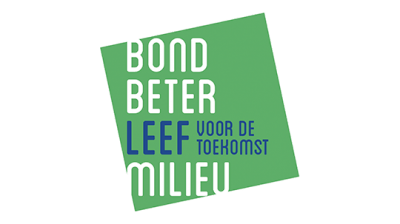ICAL: Interdisciplinary Circular Architecture Laboratory
A new link in the value network to support the circular construction sector
In traditional architectural practice, there is little time and space to further expand the range of tasks to include research on circular construction.
With the Interdisciplinary Circular Architecture Laboratory (ICAL), TEKEN architecture wants to test a new collaborative process in which a team of experts provides support to architects and construction teams during the design process in applying circular building products and design principles.
The collaboration process will be shaped through a pilot project with the architecture firm Averechts. Those learning lessons form the blueprint for further collaborations with other architects and construction teams.
By joining forces with Labland's Platform for Circular Building Nodes - which documents circular building nodes during execution on site - we can offer insights into the full construction process of real, circular building projects.
The ultimate goal of this project is to create a living reference work with circular construction projects in practice from design to execution: real-life documentation of decision moments and execution phases with site photos, construction drawings, LCA analyses, cost estimates ... In this way, we aim to take circular construction out of the theoretical vacuum and shift the dialogue to project-specific practical applications.
Key results |
Key lessons learned |
|
|
What will the future bring?
We still want to work on the further development and expansion of an online, living reference work with circular practice projects from design to implementation. Possibly this will be a shared website with the Platform for Circular Building Nodes, possibly also in cooperation with the ICT service of Flanders Circular to optimally align both websites.
TEKENarchitectuur
Partners VITO, WTCB, Democo en wooncoop















